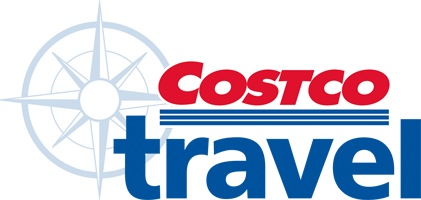
What's Hot
NEW Hot Buys
Plus More Limited-Time Packages
Book Before They're GoneBahamas: The Royal at Atlantis Package
Stay 4 / Pay 3
$150 Resort Credit
Complimentary Access to AQUAVENTURESeabourn
New to Costco Travel
All-Inclusive Cruises
Voyage and Expedition Sailings
Digital Costco Shop Card with Every SailingLondon, England
Daily Breakfast
$400 London Tour CreditCancun: Marriott Cancun Package
New to Costco Travel, All-Inclusive Resort
$50 Spa Credit
Room Upgrade, Digital Costco Shop CardMaui, Hawaii
The Valley Isle
Member Value in Every Package
Featured Travel
Tahiti: Four Seasons Resort Bora Bora Dinner Package
Stay 5 / Pay 4
Daily Buffet Breakfast, Nightly Dinner
Included Extras Valued at $1005 Nights with Airfare from $7,109 Per Person*
Relax on a Guided Vacation
Planned Itineraries, Group Tours
Organized Transportation
Arranged HotelsSanta Barbara: Mar Monte Hotel, The Unbound Collection by Hyatt Package
Waived Mandatory Daily Resort Fee
$50 Food and Beverage Credit
Reduced Valet Parking FeeIncluded Extras Valued at $159 Per Day
Condo Resorts
Studios to Three-Bedroom Suites
Great for Large Groups or Long StaysPhoenix: Arizona Biltmore, LXR Hotels & Resorts Limited-Time Package
Daily $50 Resort Credit
Room Upgrade, $75 Resort Credit
Book by 5/31/25Included Extras Valued at $221
Adult Escapes
Adult-Only Getaways
Popular Resorts and Hotels





